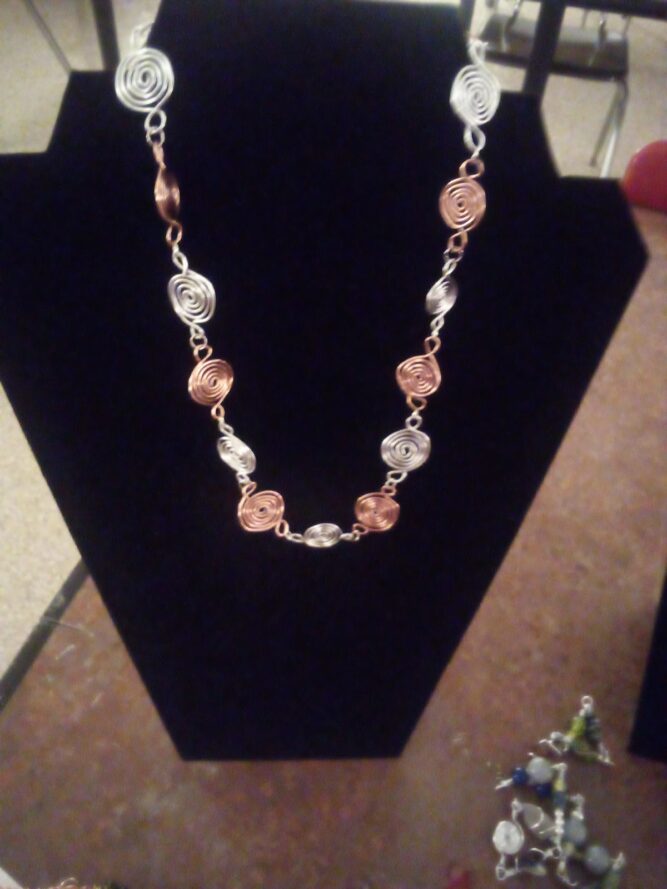CHS has always been proud of its varied curriculum and wide array of AP classes. This year, we took it to the next level with 10 new courses in art, business, math, and more. Curious as to the source of these changes, I approached Mrs. Beaudoin, director of student services and owner of Cooper, our school's new unofficial fluffy mascot, to learn more.

CHS has always been proud of its varied curriculum and wide array of AP classes. This year, we took it to the next level with 10 new courses in art, business, math, and more. Curious as to the source of these changes, I approached Mrs. Beaudoin, director of student services and owner of Cooper, our school’s new unofficial fluffy mascot, to learn more.
From her, I discovered that each individual class has its own driving factors and motivations for starting. They are coming from, as Mrs. Beaudoin puts it, “a whole bunch of different departments and different areas.” However, they are mostly driven by two main ideas.
First, Mrs. Beaudoin explains, “We’re trying to increase the number of AP classes that we offer.” To this purpose, we have added AP Drawing, AP Precalculus, and AP Language. If AP Art History gains enough students, that could run next year, too. This can truly benefit students, observes Mrs. Beaudoin, by diversifying “what their transcripts can look like.” Students can take challenging classes that fit their interests. “For example,” she notes, “Kids that are really good in art, it gives them the opportunity to get AP credit in art.”
Besides that, the new courses come from a place of pragmatism. One such class, Photography and Digital Imaging, taught by Mrs. Pelletier, is a combination of the old courses Photography and Digital Photography. Meanwhile, Mrs. Ferguson and the Career and Tech Pathway have reconfigured some old business classes to create “a pathway through the current tech department for business.” This will help to streamline and unify classes for tech and business students.
But nothing good comes easy. Just as there were two main motivations for the new classes, there are two main difficulties in getting them running. “Trying to get kids who wanna take them,” Mrs. Beaudoin remarks, “That’s a big problem.” AP Art History, for instance, did not garner enough student interest last spring to run this year. Without a course scheduled, its prospective teacher, Mrs. Pelletier won’t get AP training. But long-established classes, like ceramics or APUSH, don’t even have to consider this challenge. Student recommendations of classes and teachers help to keep courses popular.
Once a rare or new class has gained a big enough following to make it into the schedule, it still faces a roadblock, though: students have to fit it into their schedules. “A lot of the AP sections,” says Mrs. Beaudoin, “Only one or two sections of those classes run so a lot of times courses will conflict. We only have seven periods and sometimes people want all these classes and we just can’t make ’em fit.”
But once a class passes these hurdles, the effect is magnificent. Mrs. Pelletier’s new Jewelry and Metalsmithing class, in particular, has three sections running this semester and three more scheduled for the spring. It is the students’ work, however, that is most outstanding, ensuring that Mrs. Pelletier’s new class will soon become a CHS staple.

Recent Comments